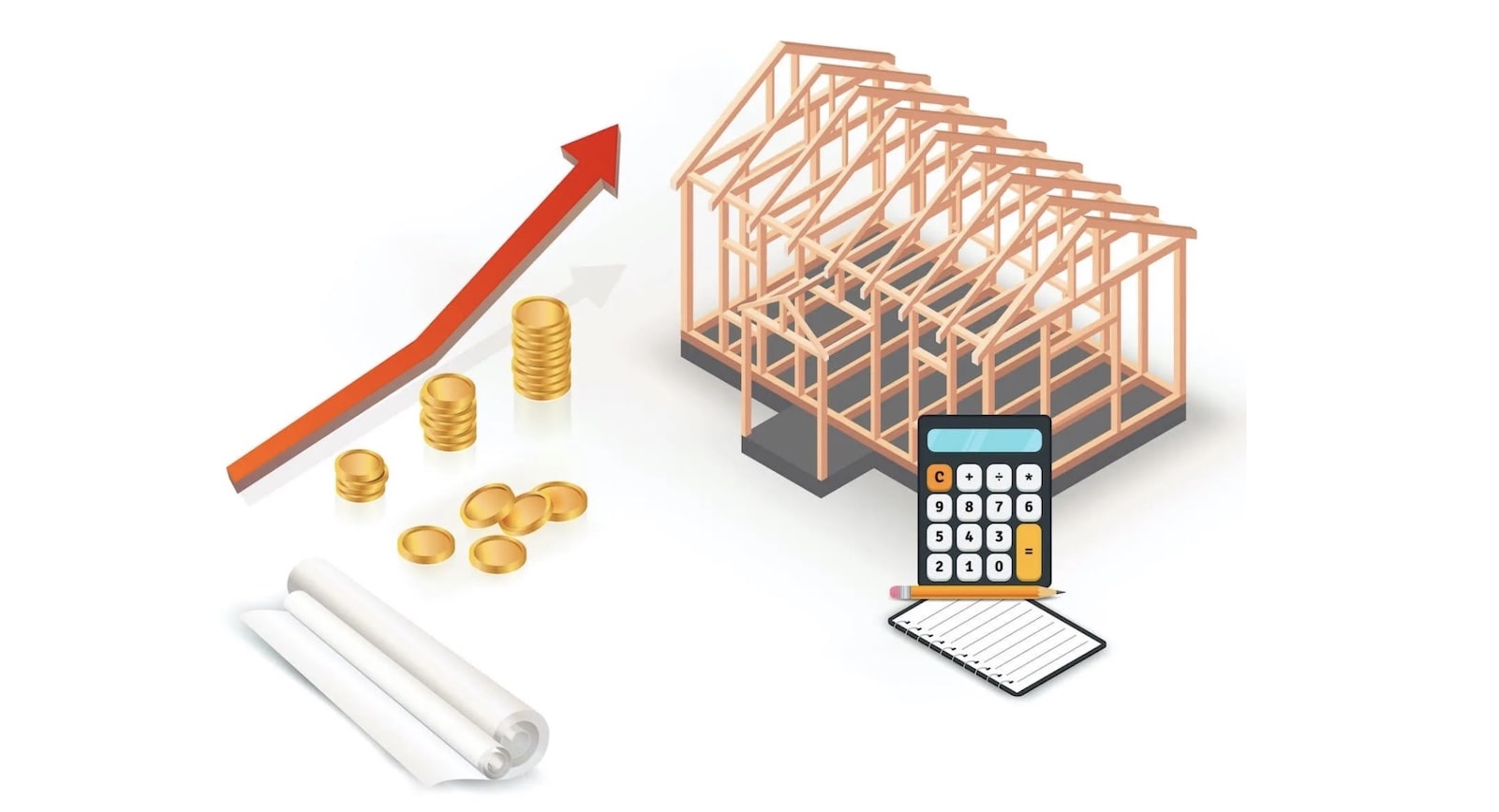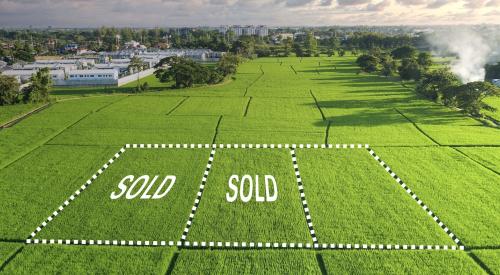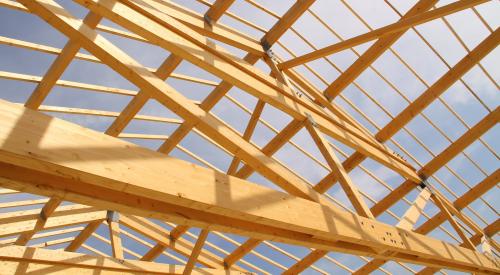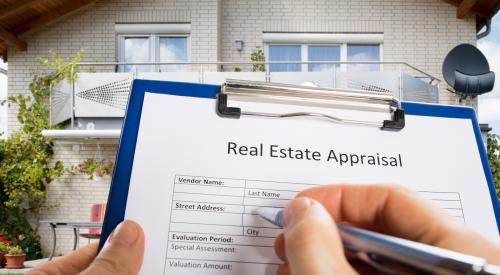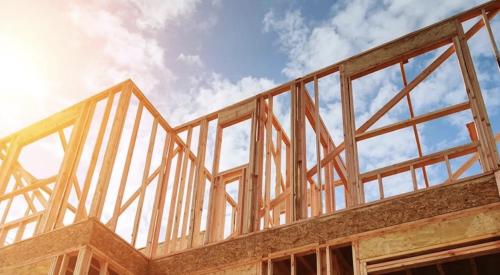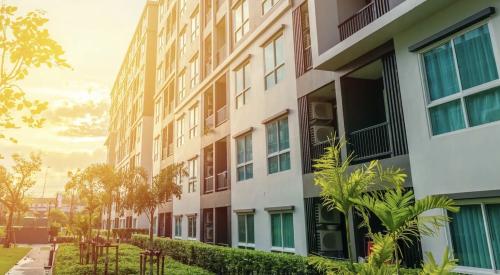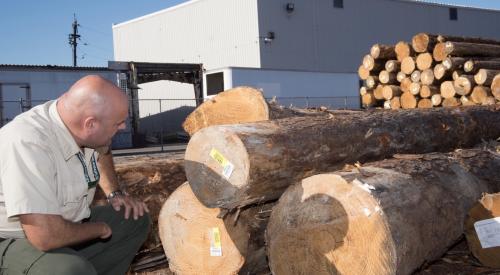After months of headlines about rising lumber costs, recent news has focused on significant price declines. The problem for home builders and remodelers is that although lumber futures have begun to moderate, lumber packages quoted to builders have held at or near record highs.
What's Going on With Lumber Costs?
The recent decline in lumber prices began in May, with July lumber futures declining more than 50% since peaking on May 10, according to wood industry price and news service Random Lengths. The news media usually uses futures as a proxy for prices paid by home builders and others. But while lumber futures dropped between mid-May and early July, prices paid by builders declined by just a fraction. The disconnect is inherent to the lumber supply chain.
The Role of Economics in Lumber Prices
In economics jargon, the “street” prices paid by builders are “sticky.” This phenomenon is largely a result of dealers’ inventory carrying costs and potentially significant differences between the price at which inventory is bought and sold.
Retailers and wholesalers do their best to buy low and sell high. At the very least, they try to avoid buying high and selling low—their greatest risk when prices are falling quickly. A supplier that quotes clients at current market prices will lose money, or will make less money, when prices are falling.
In contrast to the dynamics of a falling-price environment, there is a much smaller lag for higher lumber prices to reach builders when market prices are increasing. Participants in the lumber supply chain have an incentive to maximize profit margins when prices are rising and to avoid absorbing losses when prices start to recede.
RELATED
- Lumber Prices Hit Another Record High
- A Look at Lumber Costs From the Supply Side
- NAHB Addresses Rising Lumber Costs, Builder Concerns
New-Home Prices Squeeze Out Lower-Income Households
The median price of single-family built-for-sale homes started during 2020 was $336,000, according to NAHB analysis of recent data from the Department of Housing and Urban Development and the Census Bureau’s Survey of Construction. A large majority (79%) of new single-family homes were priced between $250,000 and $1 million; virtually none were less than $150,000; absolutely zero were under $100,000; and just 1% were priced between $100,000 and $150,000.
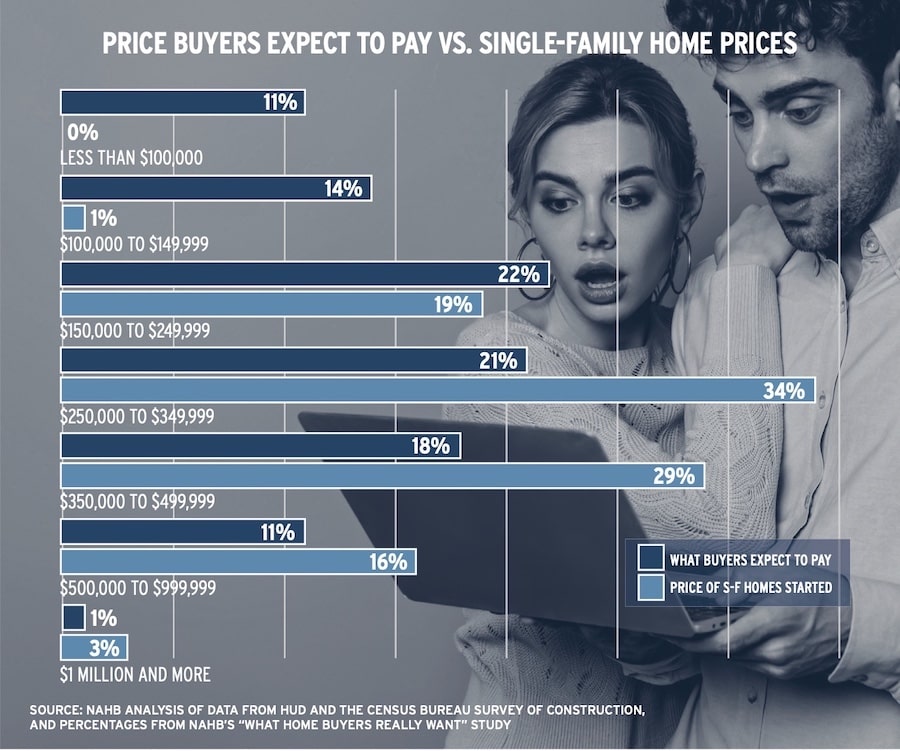
Those prices contrast sharply with buyer expectations. The 2021 edition of NAHB’s “What Home Buyers Really Want” (based on a sample of 3,247 recent and prospective buyers in a survey conducted during summer 2020), notes the median price buyers expect to pay for a home is about $265,000. Half are looking to pay $250,000 to $1 million, and one-quarter hope to pay less than $150,000. The disparity between actual new-home prices and consumer expectations illustrates how buyers in the lower quartile have been squeezed out of the market for new construction.
ABOUT NAHB: The National Association of Home Builders is a Washington, D.C.-based trade association representing more than 140,000 members involved in home building, remodeling, multifamily construction, property management, subcontracting, design, housing finance, building product manufacturing, and other aspects of residential and light commercial construction. For more, visit nahb.org.
